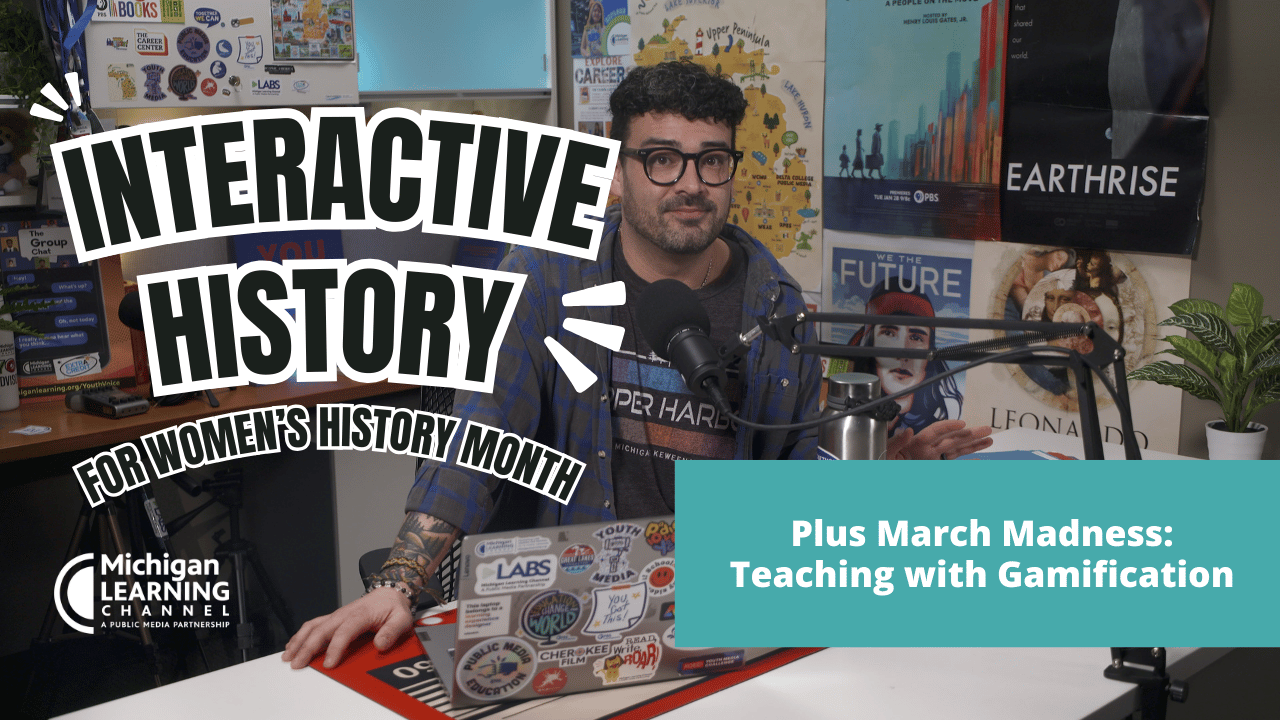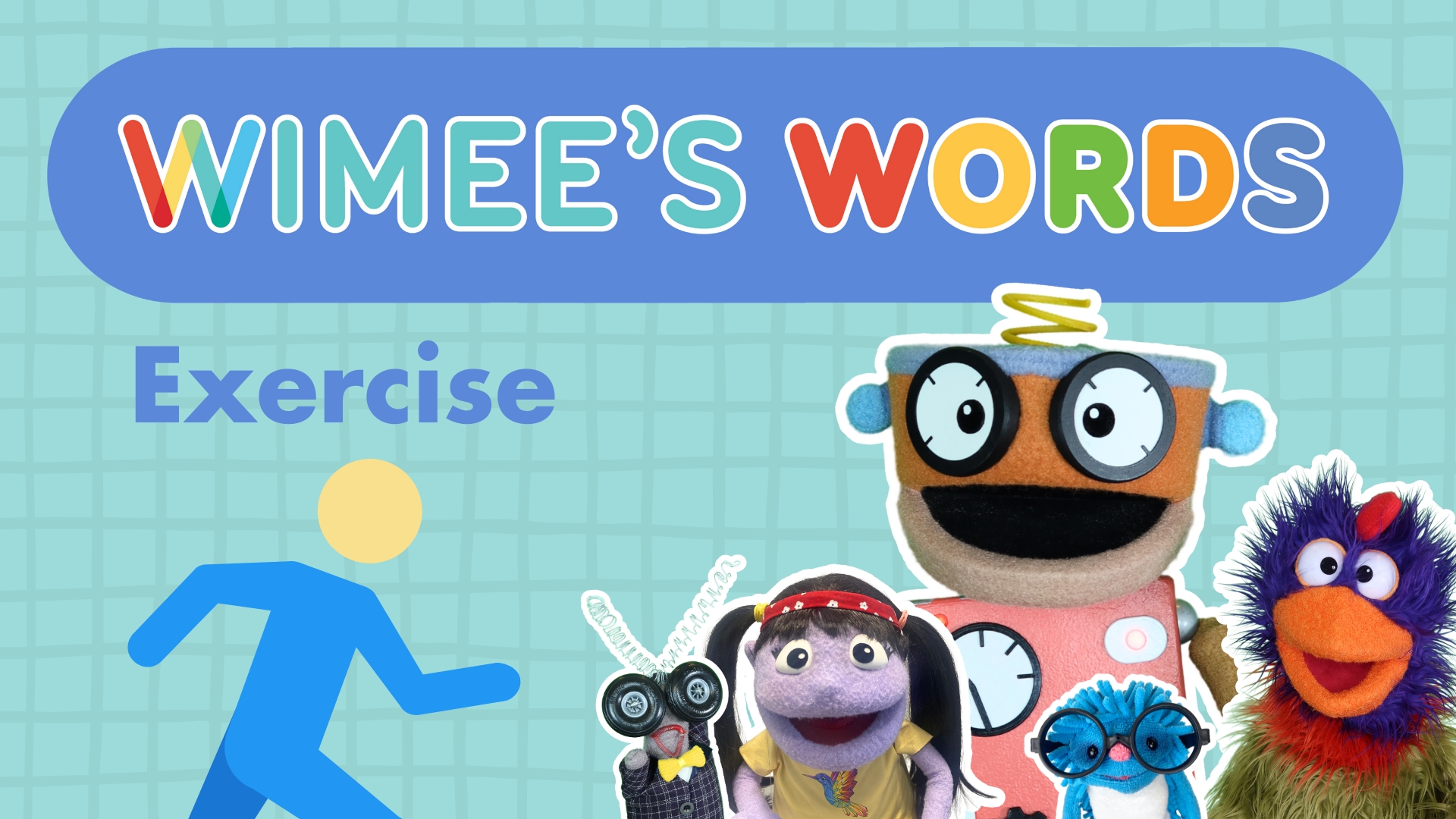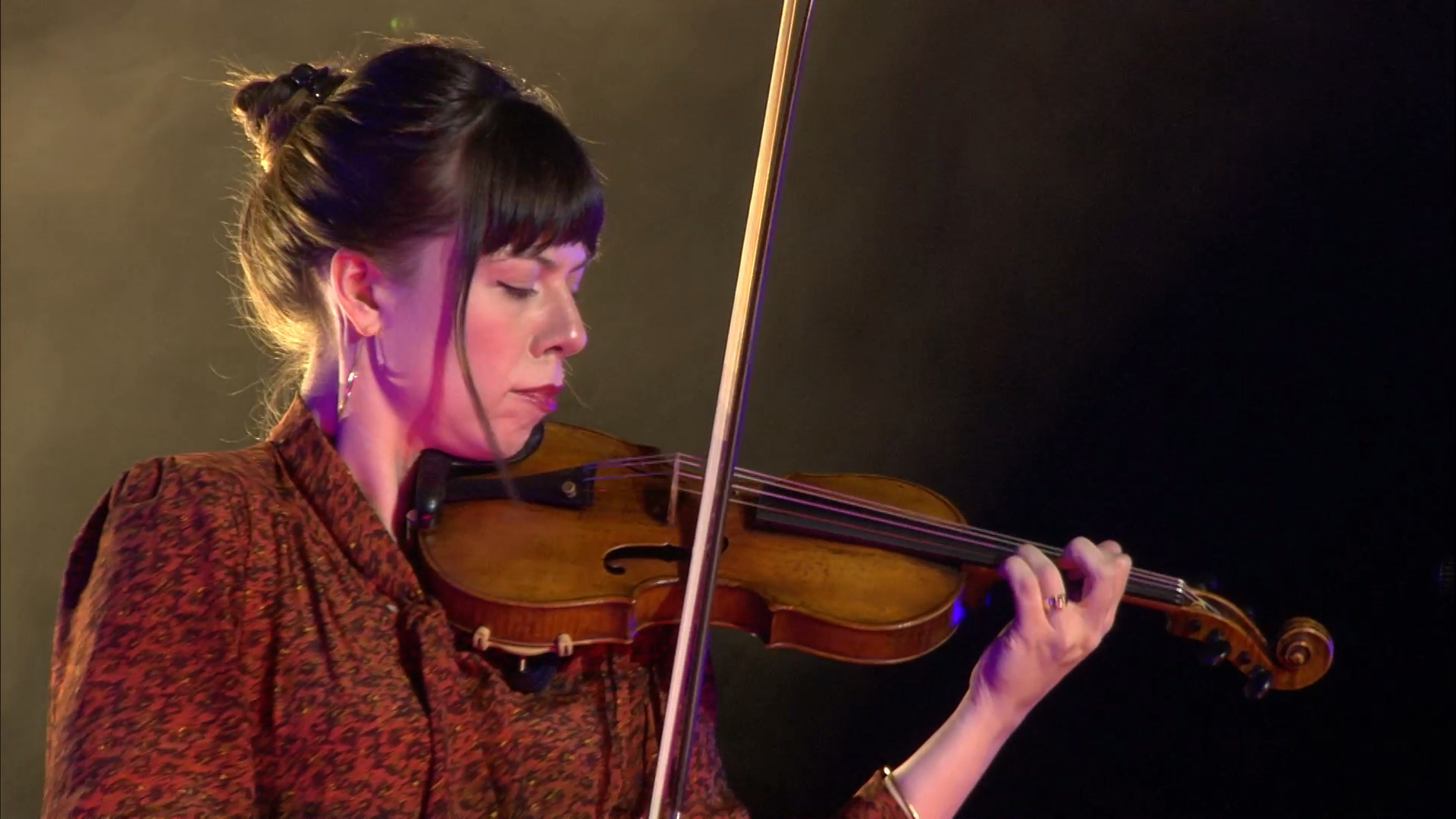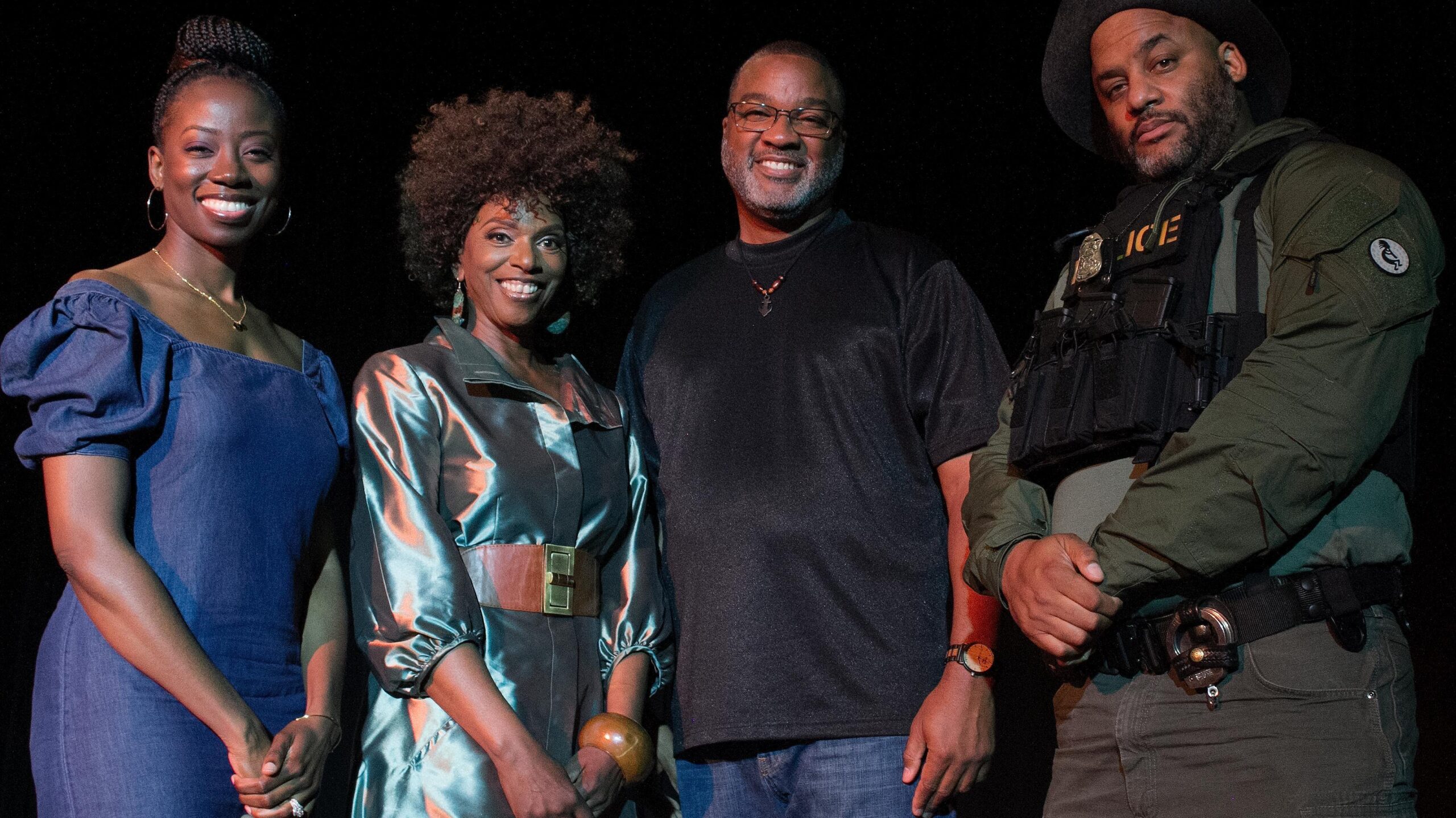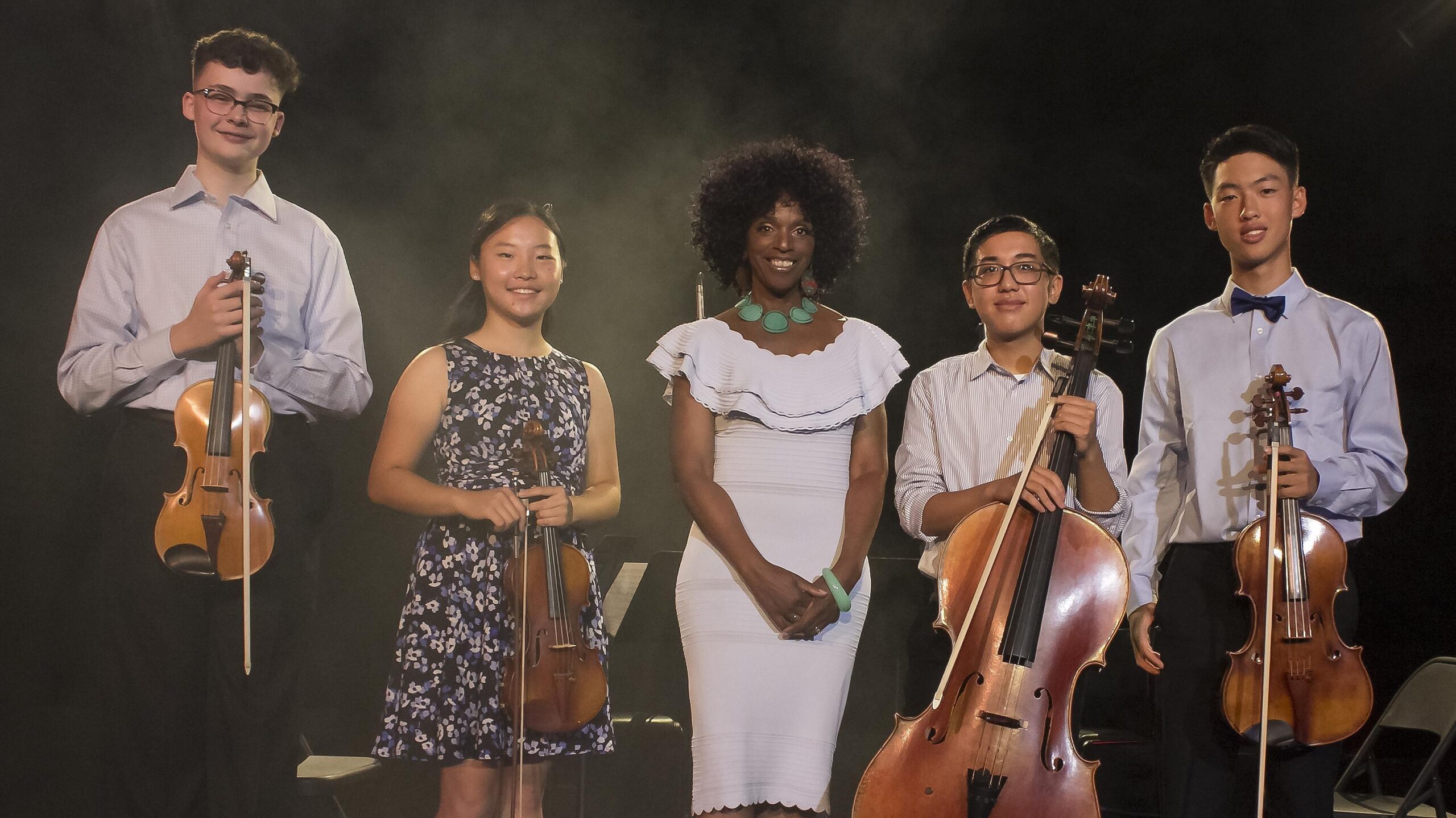Subjects
Grades
Shows
Standards
Lesson 1009
One of West Michigan’s most sought-after acts, Outer Vibe features catchy pop and alternative rock music. Playing more than 100 [...]
Lesson 1010
As one of the most beloved artists of the Detroit music scene, Tunde Olaniran is not only a singer and [...]
Lesson 5
How can we get kids to engage with historical content – beyond memorizing dates and names? What if they could [...]
Lesson 04
This week on The Planning Period, Matt dives into Civic Learning Week with ready-to-use resources for teaching government, social studies, [...]
Lesson 302
Join Wimee and explore emerald, lime, mint, and more in this green-themed episode! Sing about green foods, head to the [...]
Lesson 1301
FAR Therapeutic Arts and Recreation provides creative arts therapy for any age and any diagnosis for people with disabilities. Detroit [...]
Lesson 1302
Great Lakes Performing Artist Associates represents musicians in the Great Lakes region, giving the artists an opportunity to perform at [...]
Lesson 1303
Michelle May is a well-known name around the city of Detroit. She’s a musician, educator, counselor and coach. Plus, she [...]
Lesson 1304
In this episode of Detroit Performs: Live from Marygrove, techno is alive and well as Drummer B and Kevin Reynolds [...]
Lesson 1305
Michelle May is a well-known name around the city of Detroit. She’s a musician, educator, counselor and coach. Plus, she [...]
Lesson 1306
Poet, Author, Educator and Creative Curator Joel Fluent Greene electrifies the city with his words and social activism. He also [...]
Lesson 1308
Sande Rose from the Detroit Chapter of the Gospel Music Workshop of America brings three magnificent performances - Bishop Charles [...]
Lesson 1309
Sande Rose returns with Iris Taylor and the Gospel Workshop of America Detroit Chapter, Young Men 4 Christ, and the [...]
Lesson 1310
Jazz Singer and Preservation of Jazz founder, Sky Covington, curates and stars in this episode of Detroit Performs: Live From [...]
Lesson 1311
It’s a fantastic one woman show on this episode of Detroit Performs: Live From Marygrove as Detroit Free Press Arts [...]
Lesson 1312
Artist Ackeem Salmon made his Detroit Performs debut almost a decade ago. He’s back and sharing how far he’s come [...]
Lesson 1201
Jit Masters transports Jit, the upbeat dance style born in the ‘70s on the streets of Detroit, to the Marygrove [...]
Lesson 1202
Ryan Patrick Hooper turns his radio show “Culture Shift” into a live performance on the Marygrove stage as poet Jassmine [...]
Lesson 1203
Notes for Notes is in 14 cities across the country and the Detroit branch brings one of its youths to [...]
Lesson 1204
Planet Ant sets up a night of laughter and music with standup comedian Brett Mercer followed by Planet Ant Home [...]
Lesson 1205
The Obsidian Theatre Festival celebrates black stories and shines a light on the many enumerations of experiences relevant to the [...]
Lesson 1206
Detroit Opera presents Ainadamar (Fountain of Tears) April 8th through April 16th and Detroit Performs: Live From Marygrove is previewing [...]
Lesson 1207
Singer/Songwriter Audra Kubat brings some of her closest friends to the Detroit Performs: Live From Marygrove stage including legendary poet [...]
Lesson 1208
WRCJ Radio hosts Cecelia Sharpe and Dave Wagner reached into their vast treasure trove of musical artists creating a concert [...]
Lesson 1209
Detroit Performs is available to stream on pbs.org and the free PBS App, available on iPhone, Apple TV, Android TV, [...]
Lesson 1210
Audra Kubat is back again, this time featuring the inclusive Detroit Women’s Chorus. They sing a couple of songs on [...]
Lesson 1211
The Michigan Learning Channel, which supports the education of students through its instructional content, brings two poets from InsideOut Literary [...]
Lesson 1212
Great Lakes Chamber Music’s festival is in June and Detroit Performs: Live From Marygrove gets a sneak peek from violinist [...]
Lesson 1101
Curated by Detroit Public Theater, this episode features Henrí Franklin performing the deeply impactful poem entitled “Views of Color in [...]
Lesson 1102
Latino Events in Michigan brings a dance party to Marygrove with a trio of talented Latin music acts. Armando Vega’s [...]
Lesson 1103
Sabrina Nelson is known in Detroit’s creative community as a spiritual mother; in this episode she curates three emotional performances [...]
Lesson 1104
Drummer, composer and writer Alex White showcases the musical prowess in Detroit on this episode of Detroit Performs Live From [...]
Lesson 1105
Everyone on this planet has a story to tell and The Secret Society of Twisted Storytellers for years has been [...]
Lesson 1106
WDET Host, Chris Campbell, puts together a showcase of local musical talent that will thrill and excite. First up is [...]
Lesson 1107
The DSO’s Wu Family Academy for Learning and Engagement changes lives of young people by expanding the understanding of arts, [...]
Lesson 1108
The Obsidian Theater Festival celebrates Black stories featuring the work of Black voices and illuminating the rich diversity of experiences [...]
Lesson 1109
Three visual artists take the “Detroit Performs Live From Marygrove” stage and show off the expertise in their craft. First [...]
Lesson 1110
20 Front Street transports its intimate Lake Orion listening room to the “Detroit Performs Live From Marygrove” stage. Three unique [...]
Lesson 1111
Feel the emotion within the movements of two inspiring Detroit dance organizations. First up, BAIRA’s Shaina and Bryan Baira mesmerize [...]
Subjects
Grades
Shows
Lesson 1009
One of West Michigan’s most sought-after acts, Outer Vibe features catchy pop and alternative rock music. Playing more than 100 [...]
Lesson 1010
As one of the most beloved artists of the Detroit music scene, Tunde Olaniran is not only a singer and [...]
Lesson 5
How can we get kids to engage with historical content – beyond memorizing dates and names? What if they could [...]
Lesson 04
This week on The Planning Period, Matt dives into Civic Learning Week with ready-to-use resources for teaching government, social studies, [...]
Lesson 302
Join Wimee and explore emerald, lime, mint, and more in this green-themed episode! Sing about green foods, head to the [...]
Lesson 1301
FAR Therapeutic Arts and Recreation provides creative arts therapy for any age and any diagnosis for people with disabilities. Detroit [...]
Lesson 1302
Great Lakes Performing Artist Associates represents musicians in the Great Lakes region, giving the artists an opportunity to perform at [...]
Lesson 1303
Michelle May is a well-known name around the city of Detroit. She’s a musician, educator, counselor and coach. Plus, she [...]
Lesson 1304
In this episode of Detroit Performs: Live from Marygrove, techno is alive and well as Drummer B and Kevin Reynolds [...]
Lesson 1305
Michelle May is a well-known name around the city of Detroit. She’s a musician, educator, counselor and coach. Plus, she [...]
Lesson 1306
Poet, Author, Educator and Creative Curator Joel Fluent Greene electrifies the city with his words and social activism. He also [...]
Lesson 1308
Sande Rose from the Detroit Chapter of the Gospel Music Workshop of America brings three magnificent performances - Bishop Charles [...]
Lesson 1309
Sande Rose returns with Iris Taylor and the Gospel Workshop of America Detroit Chapter, Young Men 4 Christ, and the [...]
Lesson 1310
Jazz Singer and Preservation of Jazz founder, Sky Covington, curates and stars in this episode of Detroit Performs: Live From [...]
Lesson 1311
It’s a fantastic one woman show on this episode of Detroit Performs: Live From Marygrove as Detroit Free Press Arts [...]
Lesson 1312
Artist Ackeem Salmon made his Detroit Performs debut almost a decade ago. He’s back and sharing how far he’s come [...]
Lesson 1201
Jit Masters transports Jit, the upbeat dance style born in the ‘70s on the streets of Detroit, to the Marygrove [...]
Lesson 1202
Ryan Patrick Hooper turns his radio show “Culture Shift” into a live performance on the Marygrove stage as poet Jassmine [...]
Lesson 1203
Notes for Notes is in 14 cities across the country and the Detroit branch brings one of its youths to [...]
Lesson 1204
Planet Ant sets up a night of laughter and music with standup comedian Brett Mercer followed by Planet Ant Home [...]
Lesson 1205
The Obsidian Theatre Festival celebrates black stories and shines a light on the many enumerations of experiences relevant to the [...]
Lesson 1206
Detroit Opera presents Ainadamar (Fountain of Tears) April 8th through April 16th and Detroit Performs: Live From Marygrove is previewing [...]
Lesson 1207
Singer/Songwriter Audra Kubat brings some of her closest friends to the Detroit Performs: Live From Marygrove stage including legendary poet [...]
Lesson 1208
WRCJ Radio hosts Cecelia Sharpe and Dave Wagner reached into their vast treasure trove of musical artists creating a concert [...]
Lesson 1209
Detroit Performs is available to stream on pbs.org and the free PBS App, available on iPhone, Apple TV, Android TV, [...]
Lesson 1210
Audra Kubat is back again, this time featuring the inclusive Detroit Women’s Chorus. They sing a couple of songs on [...]
Lesson 1211
The Michigan Learning Channel, which supports the education of students through its instructional content, brings two poets from InsideOut Literary [...]
Lesson 1212
Great Lakes Chamber Music’s festival is in June and Detroit Performs: Live From Marygrove gets a sneak peek from violinist [...]
Lesson 1101
Curated by Detroit Public Theater, this episode features Henrí Franklin performing the deeply impactful poem entitled “Views of Color in [...]
Lesson 1102
Latino Events in Michigan brings a dance party to Marygrove with a trio of talented Latin music acts. Armando Vega’s [...]
Lesson 1103
Sabrina Nelson is known in Detroit’s creative community as a spiritual mother; in this episode she curates three emotional performances [...]
Lesson 1104
Drummer, composer and writer Alex White showcases the musical prowess in Detroit on this episode of Detroit Performs Live From [...]
Lesson 1105
Everyone on this planet has a story to tell and The Secret Society of Twisted Storytellers for years has been [...]
Lesson 1106
WDET Host, Chris Campbell, puts together a showcase of local musical talent that will thrill and excite. First up is [...]
Lesson 1107
The DSO’s Wu Family Academy for Learning and Engagement changes lives of young people by expanding the understanding of arts, [...]
Lesson 1108
The Obsidian Theater Festival celebrates Black stories featuring the work of Black voices and illuminating the rich diversity of experiences [...]
Lesson 1109
Three visual artists take the “Detroit Performs Live From Marygrove” stage and show off the expertise in their craft. First [...]
Lesson 1110
20 Front Street transports its intimate Lake Orion listening room to the “Detroit Performs Live From Marygrove” stage. Three unique [...]
Lesson 1111
Feel the emotion within the movements of two inspiring Detroit dance organizations. First up, BAIRA’s Shaina and Bryan Baira mesmerize [...]



